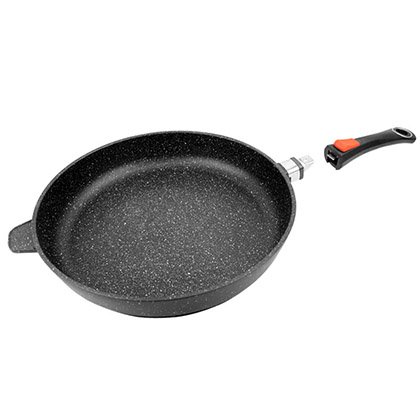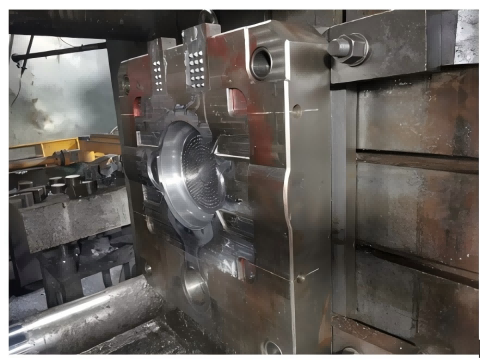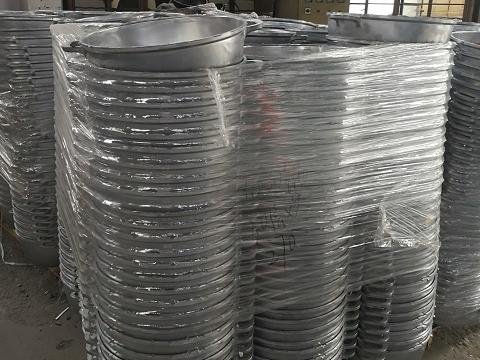Understanding the Manufacturing process of cast aluminum cookware is essential for producing high – quality and durable kitchenware.

Cast aluminum cookware delivers excellent heat distribution and outstanding durability, making it the preferred choice for home chefs and professional kitchens alike. The manufacturing process of cast aluminum cookware involves several key steps, each designed to ensure the final product is of the highest quality.This article will explore the detailed steps involved in manufacturing cast aluminum cookware.
Manufacturing process of cast aluminum cookware
1. Material Preparation
The first step in manufacturing cast aluminum cookware is the preparation of the aluminum alloy. Manufacturers blend high-purity aluminum with precise amounts of silicon, copper and other metals to boost strength and durability. Materials engineers carefully formulate these alloys to optimize casting performance.
2. Mold Design and Preparation
The design of the mold is crucial for the final shape and quality of the cookware. HAICHEN’s engineers design precision molds to form all cookware components, including pots, pans, and lids. They construct these molds from high-strength steel to endure extreme casting temperatures and pressures. Our advanced design team customizes each mold to exact cookware specifications.
3. Casting Process
The casting process begins with melting the aluminum alloy in a furnace. Workers pour the molten aluminum into prepared molds. In die casting, high-pressure injection systems force the molten metal into the mold cavity, achieving precise and uniform filling. HAICHEN’s die casting machines deliver consistent, high-quality castings that minimize defects and maintain uniform thickness.

4. Cooling and Solidification
Once the molten aluminum is in the mold, it begins to cool and solidify. Proper cooling is essential to prevent defects such as shrinkage or warping. The cookware is allowed to cool slowly to ensure even solidification and maintain the integrity of the final product.
5. Post – Casting Processing
After the cookware has solidified, it is removed from the mold. Post – casting processing may include trimming excess material, surface finishing, and quality inspection. These steps ensure that each piece of cookware meets the highest standards of quality and appearance.

6. Assembly and Packaging
The final stage involves assembling the various parts of the cookware, such as attaching handles and lids. The cookware is then cleaned, polished, and packaged for distribution. Proper assembly and packaging ensure that the cookware is ready for use and protected during transportation.
HAICHEN: Your Partner in Cast Aluminum Cookware Manufacturing
At HAICHEN, we specialize in providing high – quality die casting machines and molds designed for precision and efficiency. Our machines are equipped with advanced features that ensure consistent performance and high – quality production. Whether you are starting a new production line or looking to upgrade your existing equipment, HAICHEN has the solutions to meet your needs.

The manufacturing process of cast aluminum cookware involves several key steps, from material preparation to final assembly. By focusing on precision engineering, advanced casting techniques, and post – casting processing, manufacturers can produce high – quality and durable cookware.



